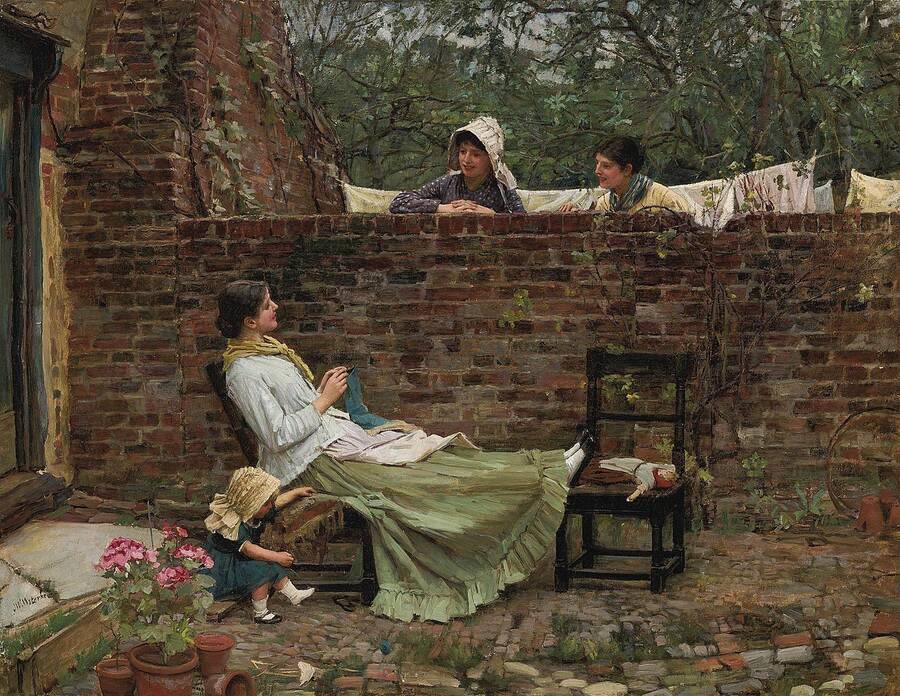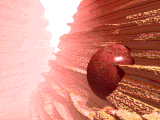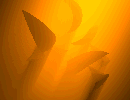Anima Mundi [Latin] – The Soul of the World
Spirituality does not come from religion. It comes from our soul. - Anthony Douglas Williams, Inside the Divine Pattern
The Essence of Spirituality
Spirituality is the heartbeat of humanity’s quest to understand its place in the cosmos, a journey that transcends the rigid frameworks of religion and the analytical lens of secularism. The word “spirit,” derived from the Latin spiritus (breath or life force), captures the intangible essence that animates life, echoing ancient concepts like ruach in Hebrew or pneuma in Greek, which describe the breath of life or divine energy infusing creation (e.g., the animating force in Genesis 2:7). For some, spirituality is a personal dialogue with the divine; for others, it’s a connection to nature, art, or the shared human experience. Unlike religion’s structured doctrines or secularism’s emphasis on reason, spirituality is fluid, weaving through cultures, eras, and individual hearts. It asks profound questions: What stirs the soul? What binds us to the infinite? This exploration introduces spirituality’s vast landscape, from ancient rituals to modern reflections, setting the stage for a deeper dive into its many expressions.
A Tapestry of Belief and Experience
Spirituality manifests in countless forms, reflecting humanity’s diversity. In ancient traditions, it appears in the reverence for natural forces—mountains, rivers, or animals imbued with sacred essence. In modern contexts, it emerges in mindfulness practices or philosophical musings on existence. Some find it in the ecstatic visions of mystics, others in the quiet service of altruists. The concept of spirit as a life-giving force resonates across traditions: in Hinduism, atman (the inner self) seeks unity with Brahman (the universal spirit); in Buddhism, mindfulness cultivates awareness without a deity. Even secular thinkers, unbound by supernatural beliefs, pursue transcendence through art or human connection. This diversity suggests spirituality is less a doctrine and more a universal impulse, a thread connecting the individual to something greater, whether divine, natural, or intellectual.
The Roots of Spiritual Inquiry
The search for spirituality begins with the human capacity for wonder. Ancient peoples looked to the stars, crafting stories of gods and spirits to explain the mysteries of life. These early beliefs, often centered on the idea of an animating force, shaped rituals that honored ancestors, nature, or unseen powers. For example, indigenous cultures might see a river as a living entity, while philosophical traditions like Stoicism find spiritual depth in rational contemplation. This impulse to seek meaning persists today, whether in the meditation apps of urban professionals or the sacred dances of indigenous tribes. Spirituality’s roots lie in humanity’s attempt to bridge the gap between the seen and unseen, the finite and infinite.
Spirituality Beyond Religion
While religion often provides a framework for spirituality, the two are not identical. Religious spirituality channels devotion through sacred texts, rituals, or institutions—think of Christian prayer or Islamic dhikr (remembrance of God). Yet spirituality can thrive outside these structures. A secular humanist might find transcendence in the beauty of a symphony, while an agnostic might feel a spiritual connection hiking through a forest. This flexibility allows spirituality to adapt to personal and cultural contexts, offering paths to meaning without requiring belief in a deity or adherence to dogma. It’s a space where the soul, however defined, explores its own depths.
The Role of Community and Solitude
Spirituality balances the individual and the collective. Solitary practices, like meditation or journaling, allow introspection, fostering a personal connection to the transcendent. Meanwhile, communal rituals—whether a Quaker meeting or a Native American powwow—build shared identity and purpose. Both modes reflect the human need for connection, whether to oneself, others, or the cosmos. This duality ensures spirituality’s resilience, as it can flourish in a hermit’s cave or a bustling temple, adapting to the needs of the moment.
Core Dimensions of Spirituality
- Personal Quest: Cultivating individual purpose through reflection or practice.
- Cultural Expression: Rooted in historical and societal traditions, from animism to modern humanism.
- Transcendence: Seeking connection to a greater reality, divine or otherwise.
- Adaptability: Evolving across time, from ancient rituals to contemporary mindfulness.
Challenges and Opportunities
Spirituality’s strength lies in its inclusivity, but this can also be its challenge. Without structure, it risks becoming vague or superficial, a collection of feel-good platitudes. Yet its openness allows it to embrace diverse perspectives, from theistic to atheistic, traditional to innovative. Exploring spirituality might mean sifting through these varied paths—mystical, intellectual, nature-based—to uncover what resonates. The challenge is balancing freedom with depth, ensuring spirituality remains a meaningful pursuit rather than a fleeting trend.
A Foundation for Exploration
This introduction sets the stage for a deeper journey into spirituality’s many forms. Upcoming sections will explore religious devotion, secular mindfulness, mystical experiences, and more, each revealing a unique facet of the human soul. Whether through the rhythmic chants of a shaman, the philosophical musings of a thinker, or the creative outpourings of an artist, spirituality reflects humanity’s enduring quest to understand its place in the universe. Our discoveries, like those of countless seekers before us, will weave together these threads, revealing a tapestry of meaning that transcends time and culture.
Upcoming Areas of Exploration
- Religious Spirituality: Devotion within structured faiths, like Christianity or Hinduism.
- Secular Spirituality: Non-theistic paths, such as humanism or mindfulness.
- Mystical Spirituality: Direct experiences of the divine or transcendent.
- Nature-Based Spirituality: Reverence for the natural world, including animism and shamanism.









